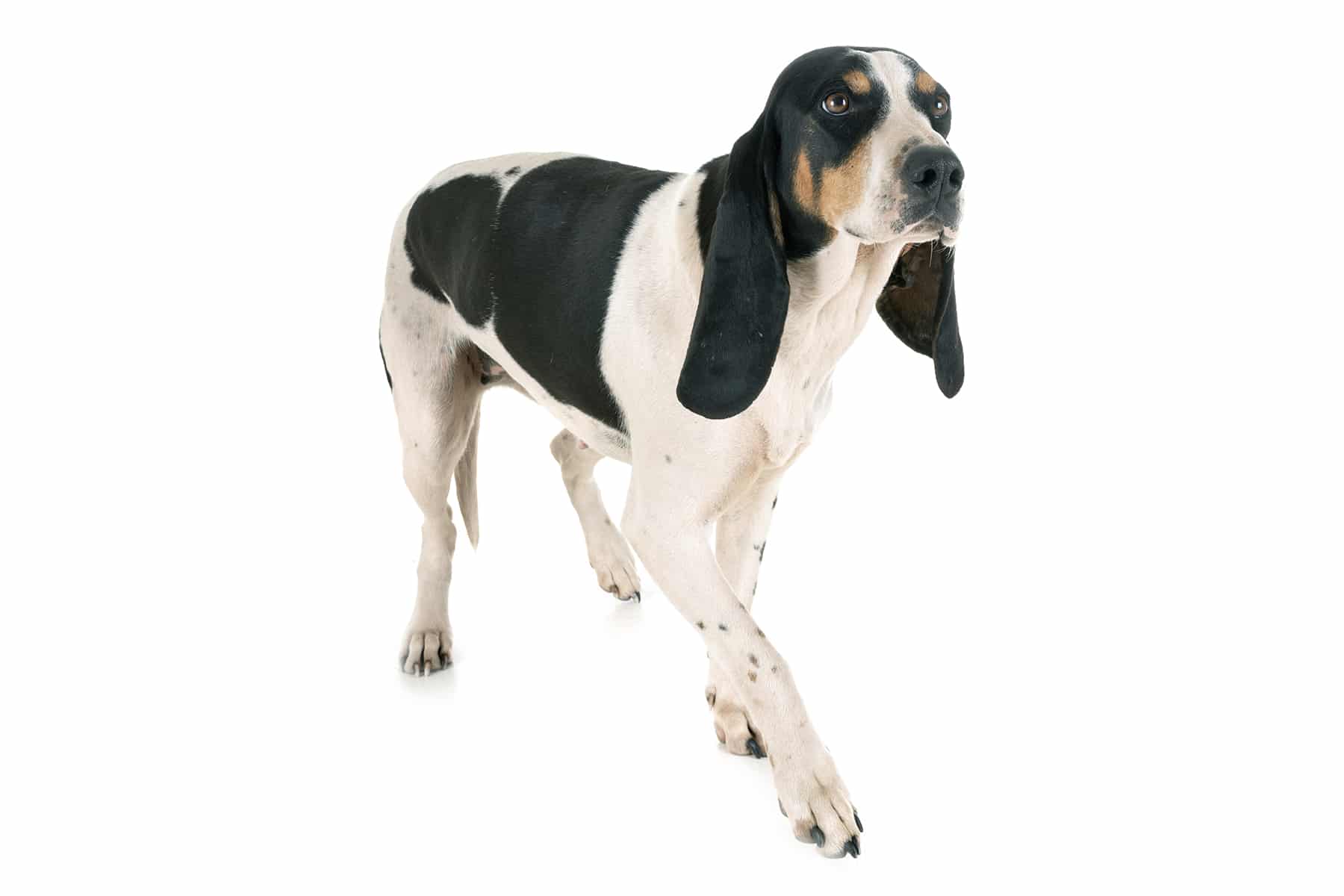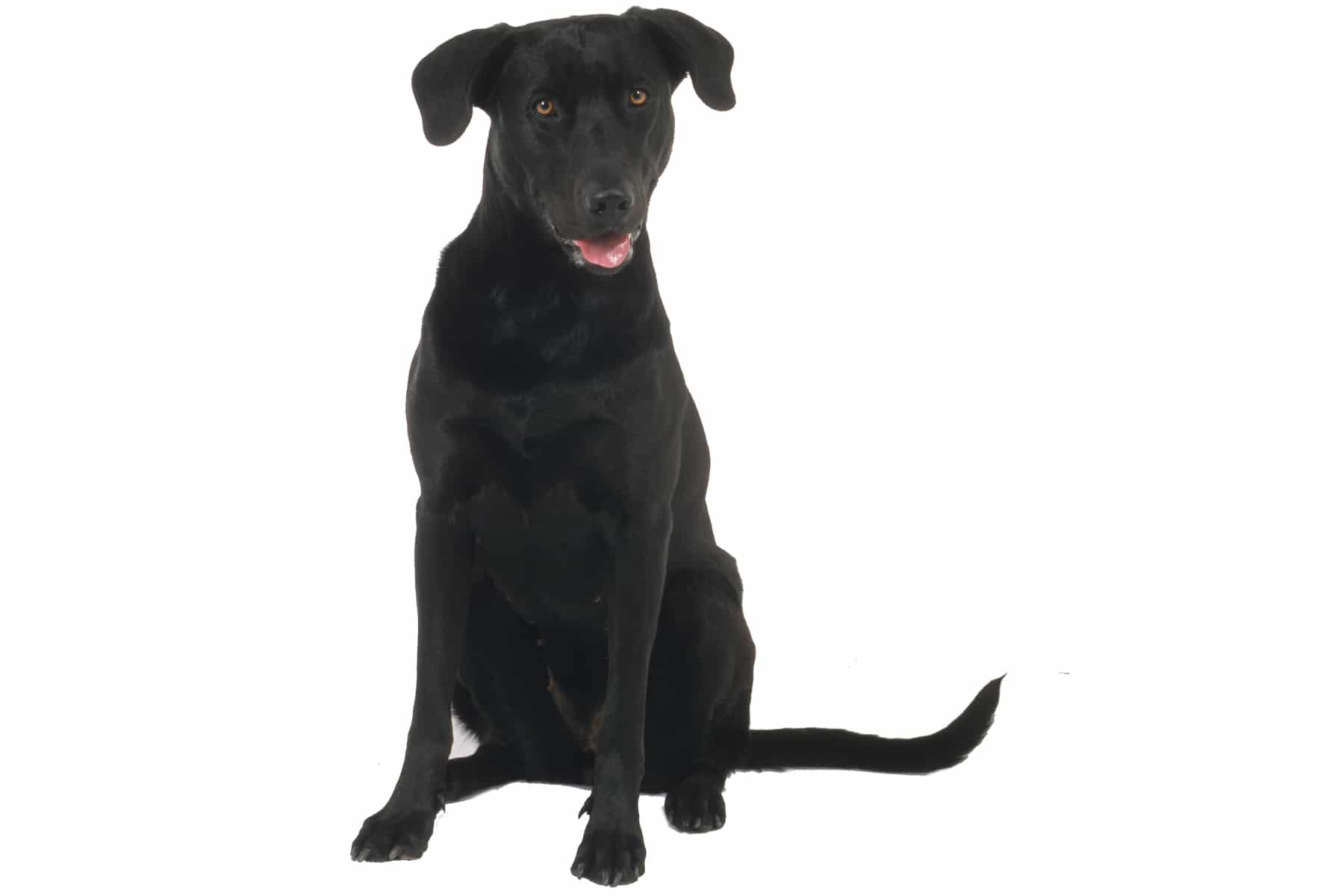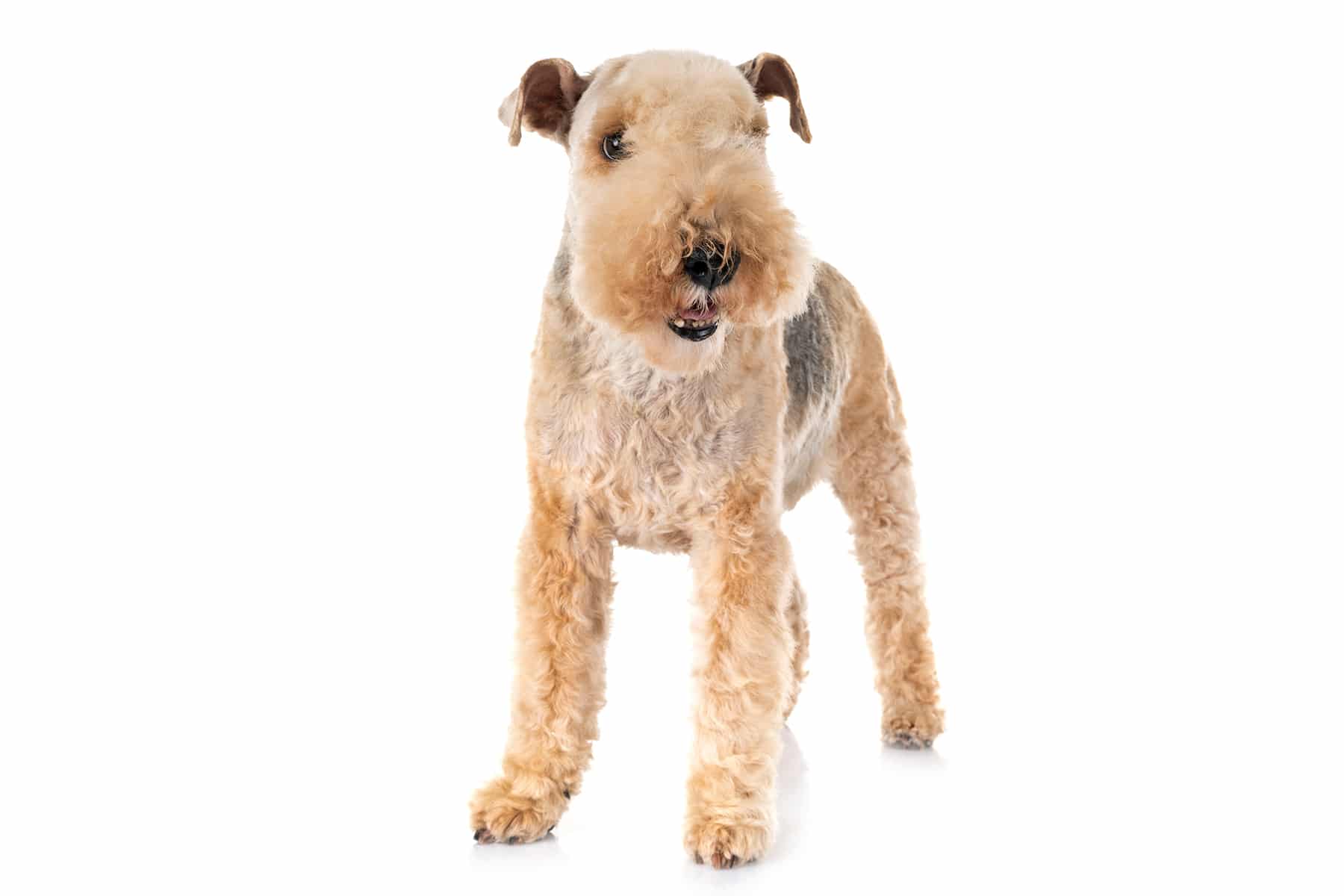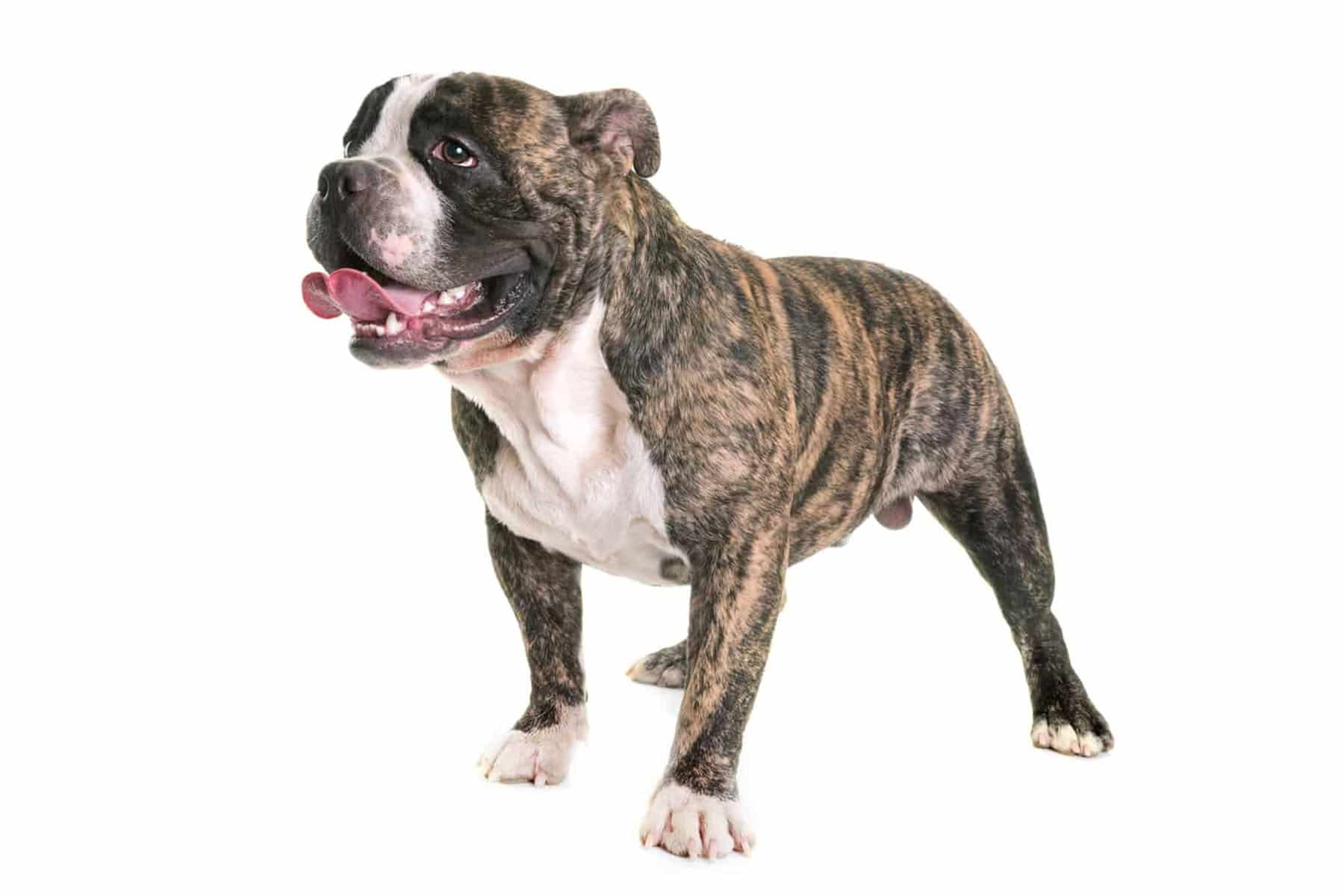Lapponian Herder
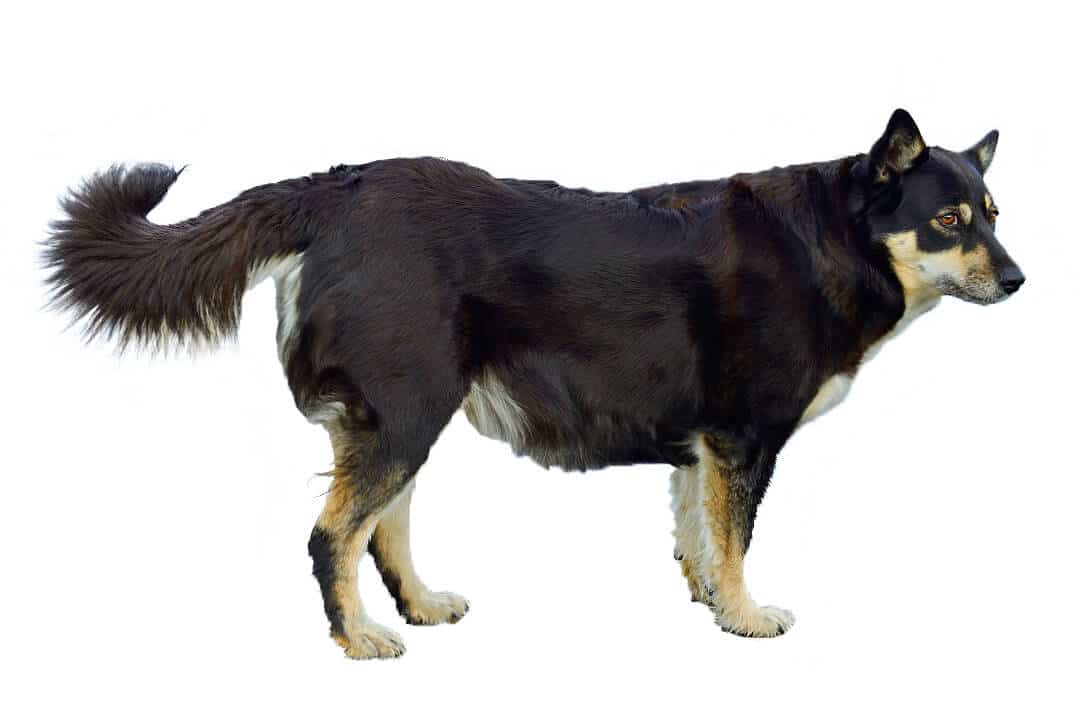
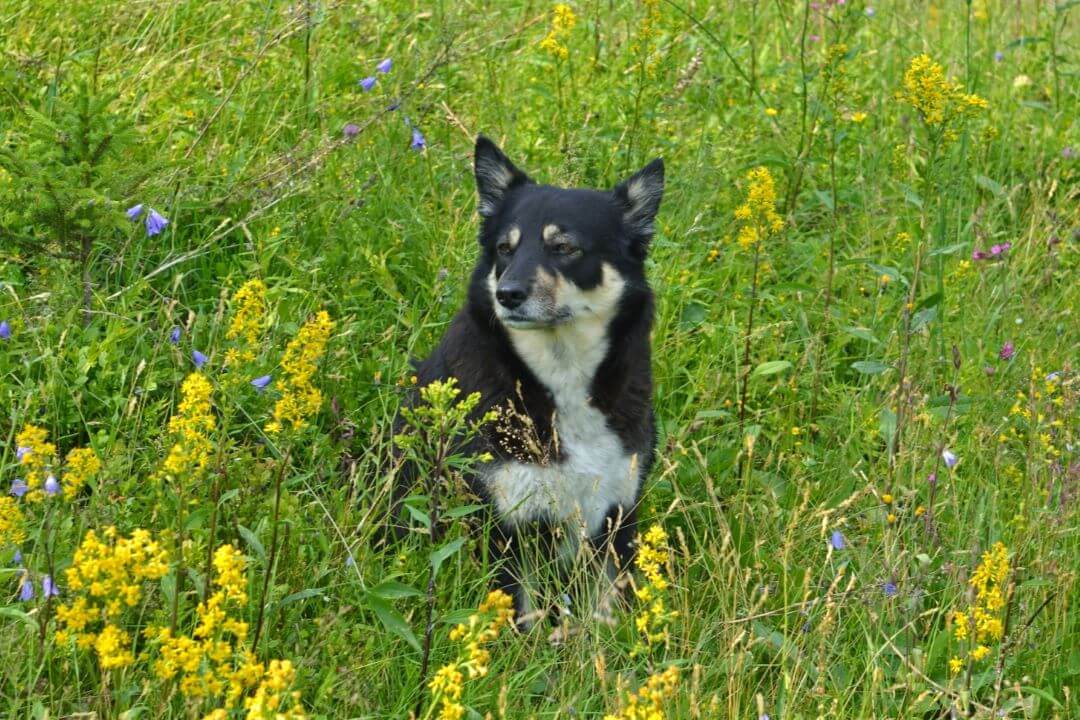
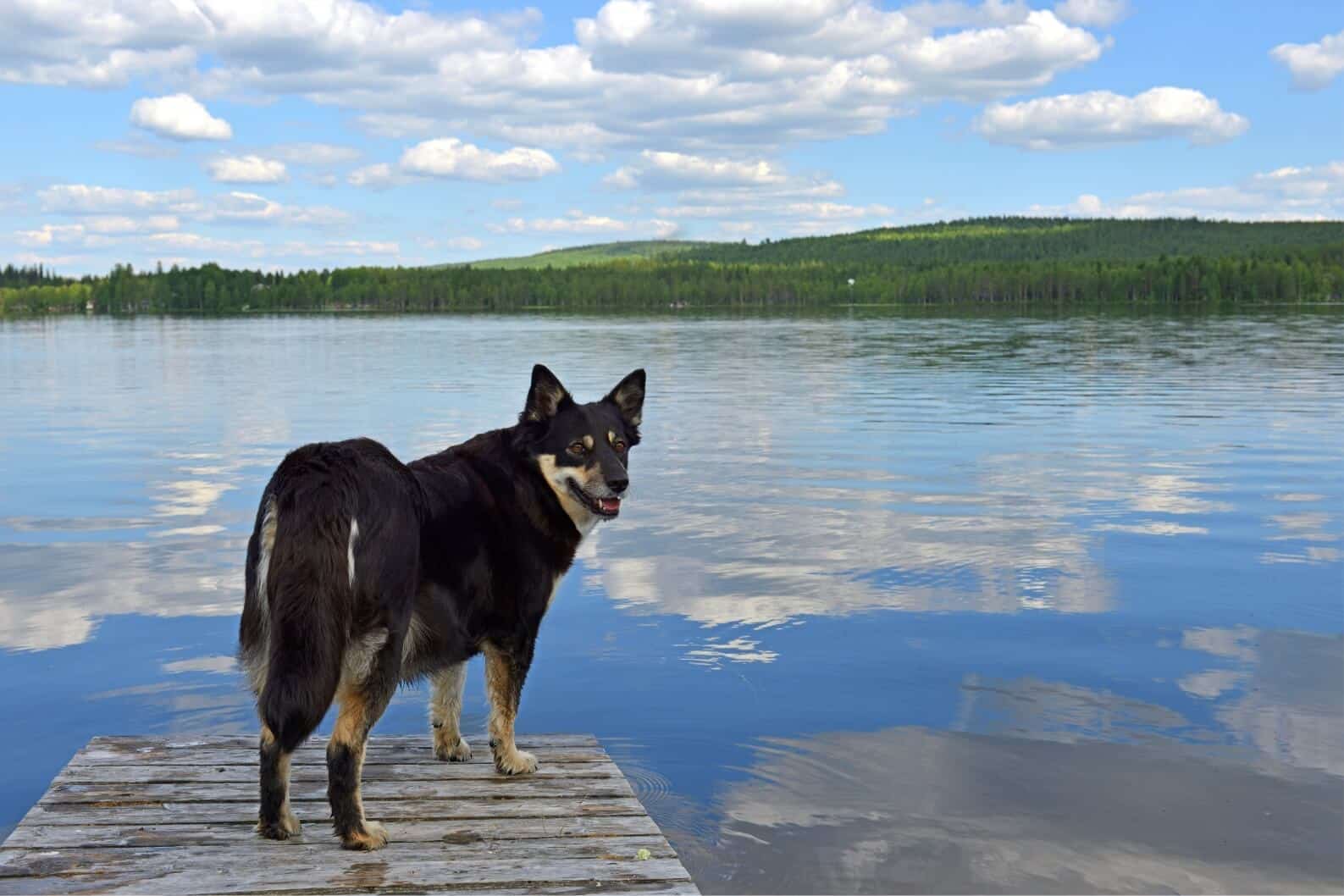
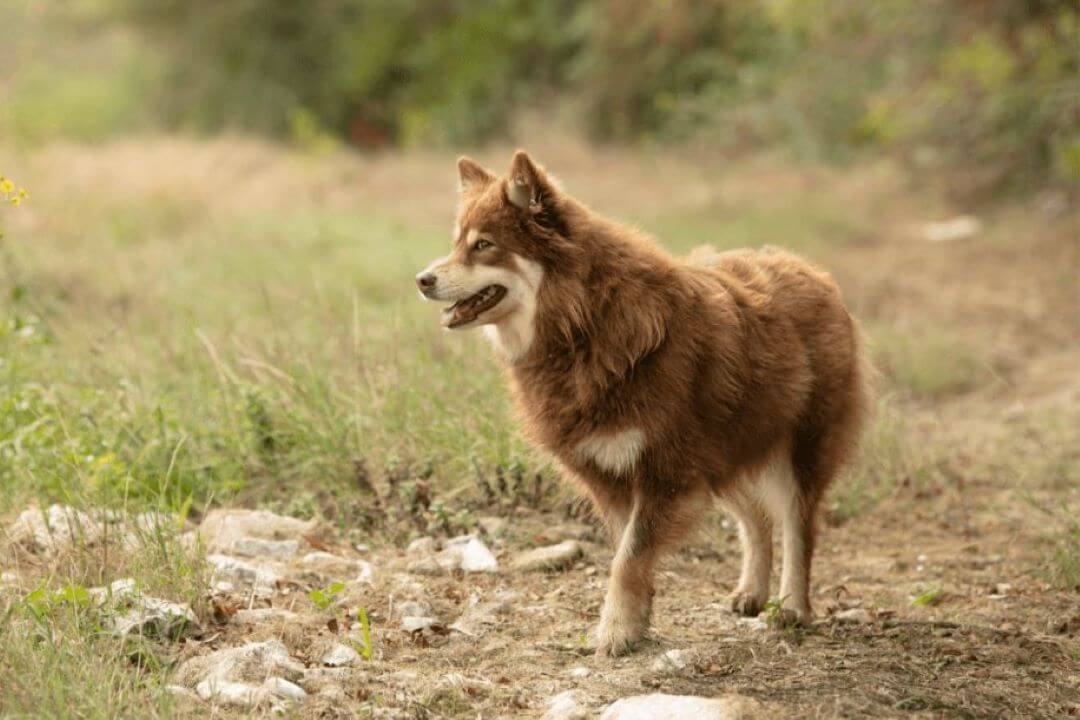
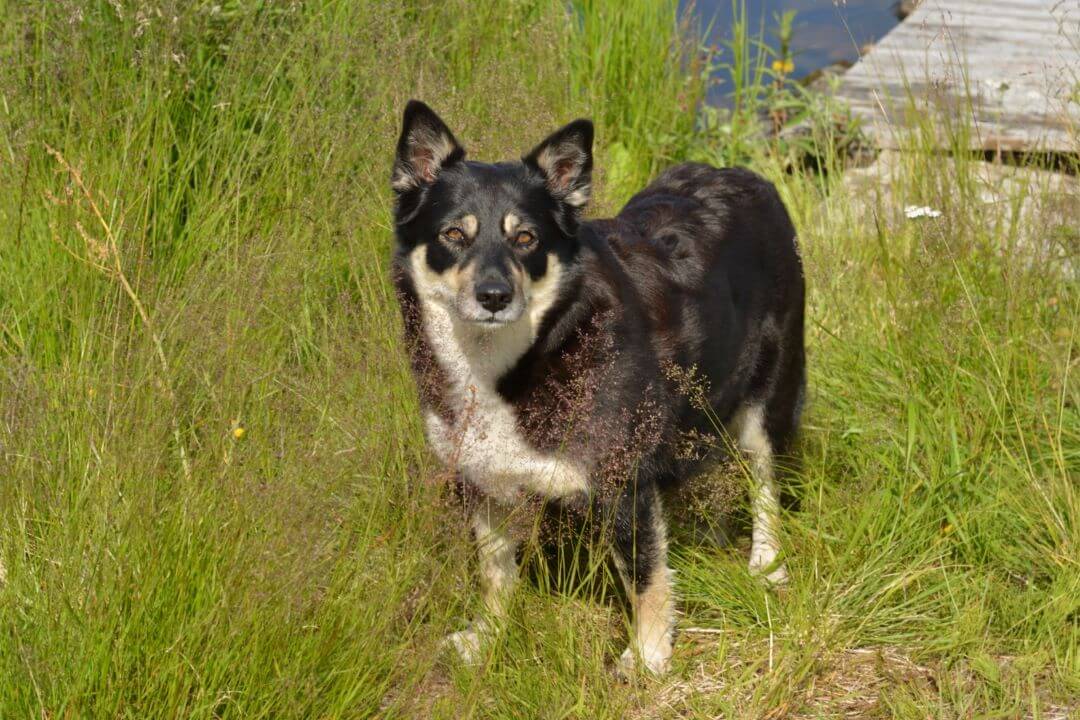
Temperament:
The Lapponian Herder - also known as the Lapinporokoira or Lapp Reindeer Dog - originates, as the name suggests, from Lapland. There it was bred to herd reindeer, which it still does successfully today. However, it is hardly known outside its homeland.
Characteristics
The Lapponian Herder is an active herding dog. It loves the outdoors and needs plenty of daily exercise and mental activity. However, with plenty of exercise and intensive socialization, it can also be kept in the city. This breed is very attentive and observes its surroundings closely. Special attention must be paid to this during training in order to be able to counteract distractions.
This dog is very attached to its people. This intelligent dog is always loyal to his family and enjoys working with them as a team. He initially reacts to strangers in a neutral to reserved manner. As a typical guard and herding dog, it reliably informs its owner of any changes in its territory. This is mainly done by barking.
He is definitely not a beginner's dog. Only experienced and very active people can correctly assess and utilize the energy of this four-legged friend. The demands of this dog breed should not be underestimated. The athletic and intelligent Lapponian Herder is ideal for many dog sports. In contrast to many other Nordic dogs, this dog can also be kept very well as an only dog. He is usually playful with other dogs, but also enjoys time alone with his humans. Working with them in particular appeals to his natural instincts and challenges him optimally.
These medium-sized dogs reach a height at the withers of 46 cm in females and 51 cm in males, with a tolerance of 3 cm upwards and downwards. The coat consists of a medium-length, smooth outer coat and a dense, fine undercoat. The neck, chest and back of the thighs are often more heavily coated than the rest of the body. These dogs come in black, gray and dark brown. Many specimens have lighter gray to brownish markings on the head, underside of the body and legs. According to the breed standard, white markings on the neck, chest and legs are also permitted.
Coat care:
Shedding:
Energy level:
Trainability:
Children suitable:
The right food
When choosing food, make sure that it contains high-quality ingredients, is balanced and meets your dog's requirements. Age, size or weight, activity and health status play an important role. You should follow the manufacturer's recommendations for the amount of food.
Treats should only be fed in moderation and deducted from the basic diet to avoid obesity.
Puppies can be fed 4-6 times a day. The number of meals should be gradually reduced to 2 per day until the dog is fully grown. A rest period should be observed after meals.
Fresh drinking water should be available at all times.
Health & Care
Thanks to its robust coat, the Lapponian Herder is relatively easy to care for. It only needs to be brushed every few days. However, it has a lot of hair. More frequent brushing can help to reduce the amount of hair spread around the house. During the shedding period twice a year, he needs more intensive grooming. During this time, he sheds particularly heavily and dead hair needs to be brushed out daily.
Eyes, ears, teeth and claws must be checked regularly. If necessary, these must be cleaned and the claws trimmed. The four-legged friend only needs a bath if it is very dirty.
However, one must never forget that this breed is a herding dog. Several hours of exercise and mental exercise every day are therefore necessary to do justice to the breed. Only then can the Lapponian Herder find peace and quiet at home and be a pleasant companion in everyday life.
Suitable accessories
Like every dog, this breed also needs a certain amount of basic equipment. This includes a lead, collar, harness, bowls, a comfortable place to sleep with a basket or bed and blanket. Suitable utensils for grooming should also be included. A sturdy brush removes dead hair and dirt. A curry comb reaches the undercoat, combs out dead hair and prevents thick knots. A high-quality dog shampoo rounds off the grooming routine in case a bath is needed.
Toothpaste and toothbrushes for dogs help to keep your furry friend's teeth healthy in the long term. You can either trim the claws yourself with claw scissors or have them trimmed by a vet or dog groomer. Tick tweezers and a first aid kit are also essential. It's best to ask your vet what should be in the first aid kit.
As intelligent dogs, most Lapponian Herders also love brain games. These add variety to everyday life and help to keep them mentally busy.
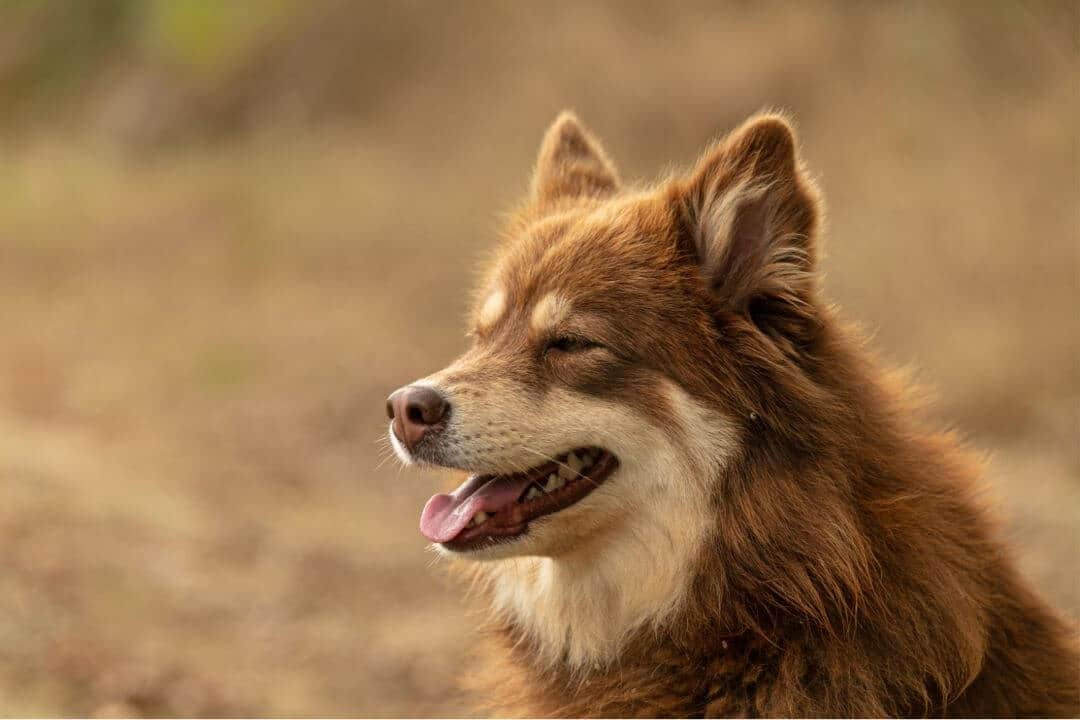
Origin & History
The Lapponian Herder is a close relative of the Finnish Lapphund. Their common ancestors were kept as hunting and guard dogs in Lapland. Over time, the Sámi people began to keep larger herds of reindeer. This changed the tasks and therefore the demands on the Lapponian Herder. Instead of being used as a hunting and guard dog, it was now mainly used for herding and driving the reindeer herds.
This is how the former hunting and guard dog became a herding dog. As there was no specific breed standard, for a long time no attention was paid to appearance when breeding. Only the character and typical characteristics of a herding dog were important. It was not until the middle of the 20th century, when the Lapponian Herder was separated from the Finnish Lapphund, that the first standards were introduced. Until this separation, both dog breeds were considered one breed.
Since the separation, an official distinction has also been made between the two breeds in breeding. The Lapponian Herder was recognized as an independent breed by the FCI on 10.12.1966. Today, they are no longer primarily used as herding dogs, but mainly as family and companion dogs. Outside of Scandinavia, however, they are very rare.
